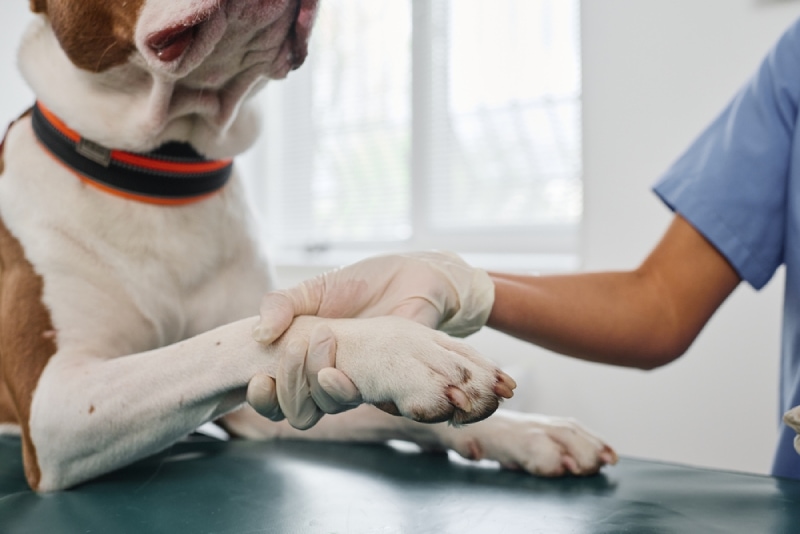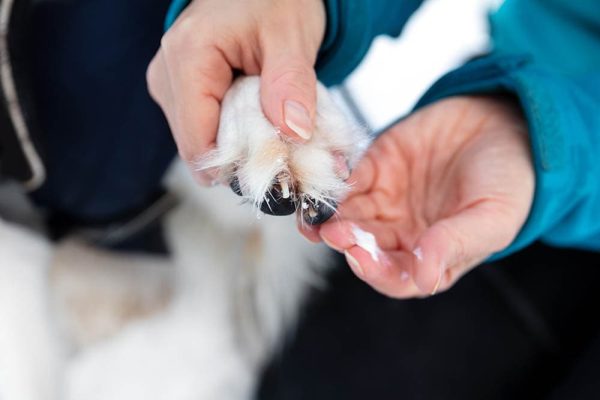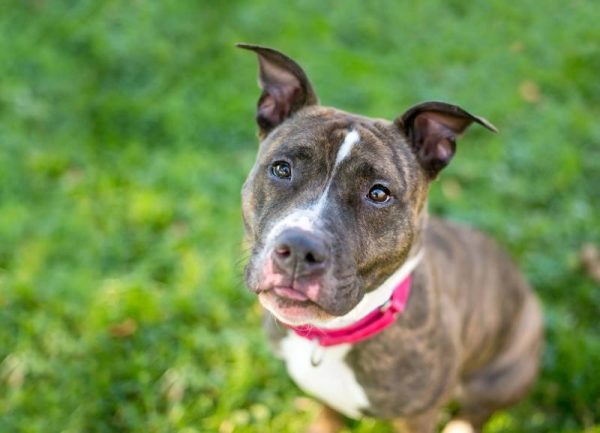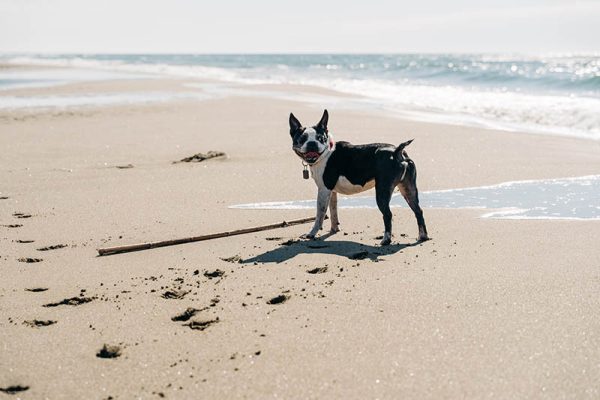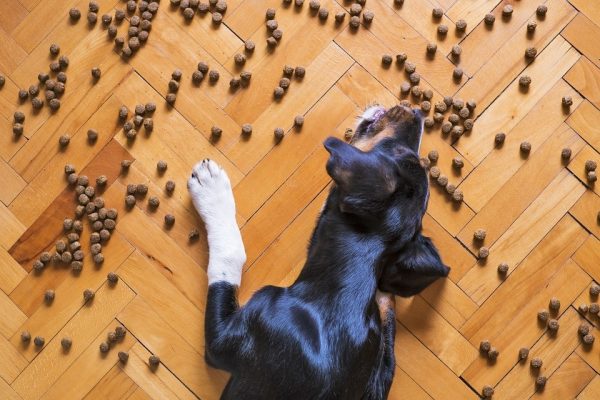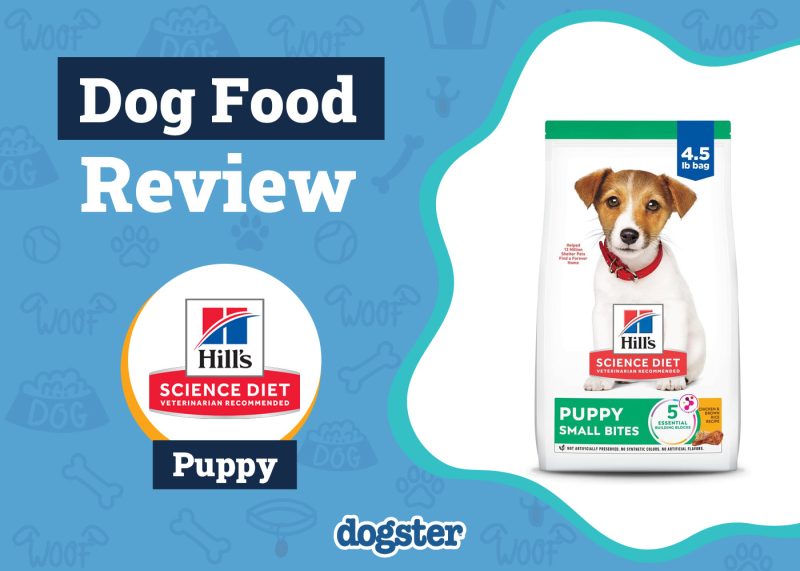Paw pad yeast infections in dogs are one of the causes of interdigital dermatitis or pododermatitis. These pesky infections are usually the result of skin allergies, though wounds and other skin conditions can also result in yeast infections of the paw. Most yeasts behave similarly—they thrive in moist, damp environments.
If you’ve noticed irritation between your dog’s paw pads, or if your dog has been diagnosed with a paw pad yeast infection, read on. This article will discuss the signs, causes, and treatment of paw pad yeast infections to help ensure your dog is comfortable.

What Are Paw Pad Yeast Infections?
Paw pad yeast infections are infections of the foot—primarily of the skin between the toes—that are caused by yeast. However, this is not the same yeast used for baking bread. In dogs, yeast infections of the skin, including the paws and ears, are usually caused by Malassezia pachydermatis.
Most healthy, clinically normal dogs will have some Malassezia yeasts as part of their normal skin flora. However, when conditions are favorable, these yeasts take the opportunity to proliferate, resulting in an infection that is itchy, malodorous, and sometimes painful.
There are numerous causes of paw pad infections in dogs, but the most common one is allergies, which create an “inflammatory environment” between the paw pads.
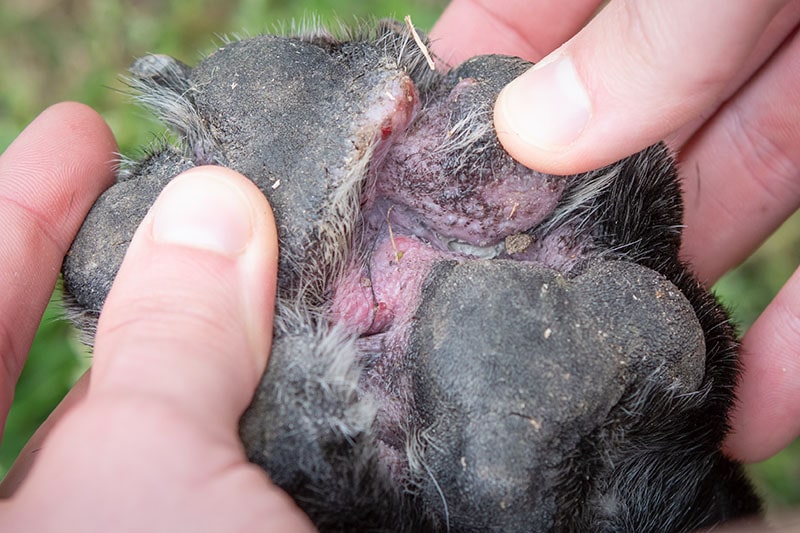
What Are the Signs of Paw Pad Yeast Infections?
- Constant licking or chewing at the feet
- Redness of the skin between the toes
- Redness under the paw pads
- Yeasty smell from the feet
- Staining of the hair over the toes (from chronic licking)
- Limping, if the skin is sore and ulcerated
- Pain or discomfort when the feet are touched
If your dog struggles with any of the signs above, you should get in touch with a vet.
If you need to speak with a vet but can't get to one, head over to PangoVet. It's our online service where you can talk to a vet online and get the advice you need for your pet — all at an affordable price!
What Are the Causes of Paw Pad Yeast Infections?
Paw pad yeast infection (Malassezia dermatitis) is usually caused by an underlying skin allergy. Most of the time, affected dogs are allergic to things in the environment such as house dust mites and grass, weed, and tree pollens. Allergies occur when the body’s immune system responds inappropriately to a usually harmless substance.
In people, allergies often trigger hay fever or asthma; in dogs, allergies more commonly result in dermatitis. In the vet world, this condition is termed atopic dermatitis. Other allergies that can cause similar issues are food allergies and contact allergies.
When the body has an allergic response, the skin between the toes becomes red, inflamed, and itchy. This causes dogs to lick at the toes to relieve the itchiness. The result is a warm, moist environment between the toes that allows yeast to proliferate. This, in turn, makes the foot even itchier, resulting in a cycle of itchiness and infection that can be hard to break.
It is worth mentioning that while most paw pad yeast infections are caused by underlying allergic skin diseases, other causes are also possible. Dogs with certain hormonal conditions like hypothyroidism, or Demodex mites, will also be more prone to secondary yeast skin infections for example.
Yeast is also not the only cause of canine foot infections, many cases are caused by bacteria or are mixed infections.


How Do I Care for a Dog with Paw Pad Yeast Infections?
Treating paw pad yeast infections should start with a consultation with a veterinarian. They will look for signs of underlying conditions and may take some samples from the affected skin to examine under the microscope. This will allow them to determine if a yeast infection is the cause of the signs.
There are some steps that can often be used at home to help treat and prevent these infections:
- Topical therapy. This typically involves using a medicated shampoo that contains an antifungal such as Malaseb® or Miconahex+Triz®. Follow your vet’s directions but generally, this should be lathered between the toes and left on for 10 minutes before rinsing and drying the paws.
- Prevent constant licking. More often than not, this requires the use of a cone or Elizabethan collar to break the itch-lick cycle, often along with anti-itch medications. While dogs may not like having the cone on, rest assured that it is a short period of annoyance to prevent long-term paw issues.
- Environmental control. If your dog has been diagnosed with specific allergies or you are aware of a trigger then try and avoid it as much as possible. Try to keep your dog out of long grass and if your dog does swim, do your best to thoroughly dry the paws afterward. These measures are not necessary for life but are certainly useful while trying to clear an active infection.
There are several options that vets have at hand that are “prescription only”. Anti-inflammatory medications may be used to relieve some of the discomfort. Anti-allergy injections can be useful and rapidly stop itchiness. Additionally, a course of anti-fungal tablets may be used if the infection is particularly severe, or if the dog is too sore to have their feet handled for topical medications.

Frequently Asked Questions (FAQ)
Are Paw Pad Yeast Infections Painful?
Mild paw pad infections are itchy, but not painful. Severe paw pad infections with broken or eroded skin are painful. This may manifest itself as limping, or a reaction to touching between the toes.
Should Dogs with Paw Pad Yeast Infections Be Allowed to Swim?
Ideally, no. While swimming may not be the cause of yeast infections, it may prevent the yeast infection from resolving. This is due to the moist environment that forms between the toes, which allows yeast to proliferate. If your dog swims, we recommend using a towel to thoroughly dry the skin between the paw pads.

What Is the Prognosis for Dogs with Paw Pad Yeast Infections?
Thankfully, the prognosis for dogs with paw pad yeast infections is good. This is not a life-threatening condition, and most infections respond very well to appropriate treatment. Identifying and controlling the underlying problem is very important to stop recurrence.

Final Thoughts
Paw pad yeast infections are relatively common in dogs. This occurs when yeast, typically Malassezia pachydermatis, proliferate and overgrow on the skin between the toes and pads. More often than not, there is an underlying skin allergy that is the root cause, and the end result is sore, itchy, smelly feet.
If this is a new problem for your dog, we recommend a consultation with your veterinarian so that they can investigate the root cause, and prescribe appropriate treatment. Often topical treatments such as medicated shampoos are used to deal with the infection, alongside anti-inflammatory and anti-itch medications to relieve the discomfort.
Most of the time, proper diagnosis and management of lifelong skin allergies in close conjunction with your vet is the key to preventing paw pad yeast infections.
See also:
- How to Care for Your Dog’s Paws?
- Pododermatitis in Dogs: Causes, Signs & Treatment Options
- Yeast Infection in Dogs: Causes, Signs & Treatment (Vet Answer)
Featured Image Credit: Pressmaster, Shutterstock
